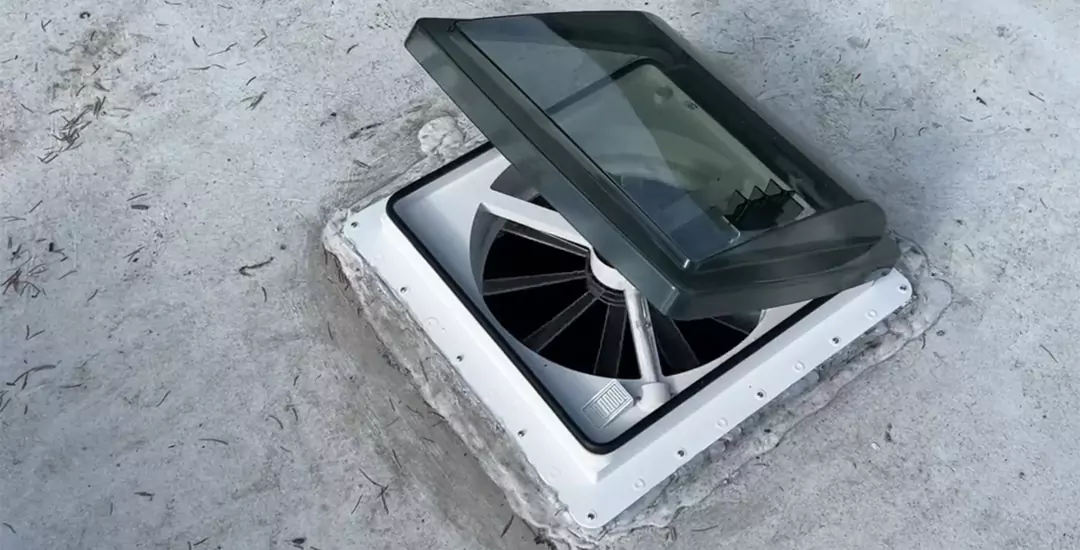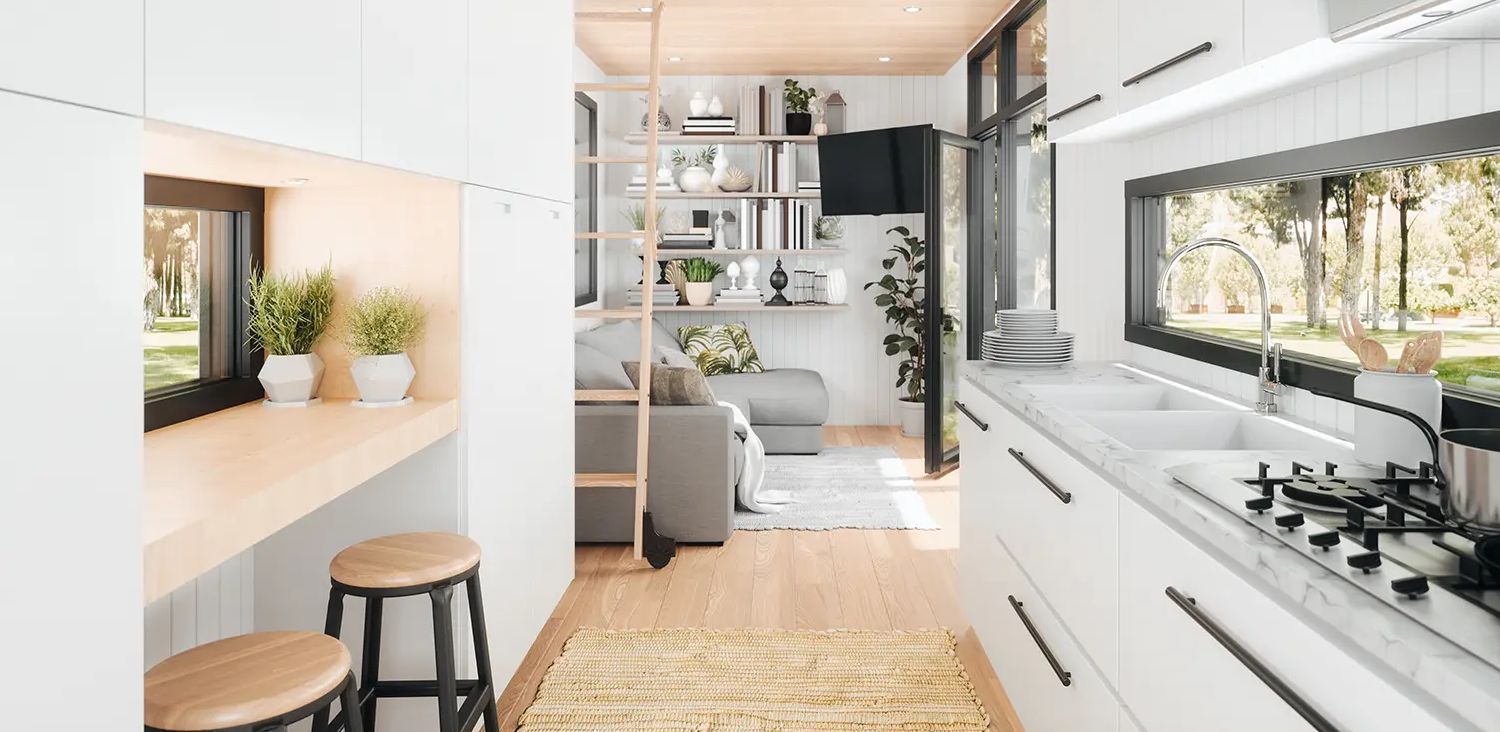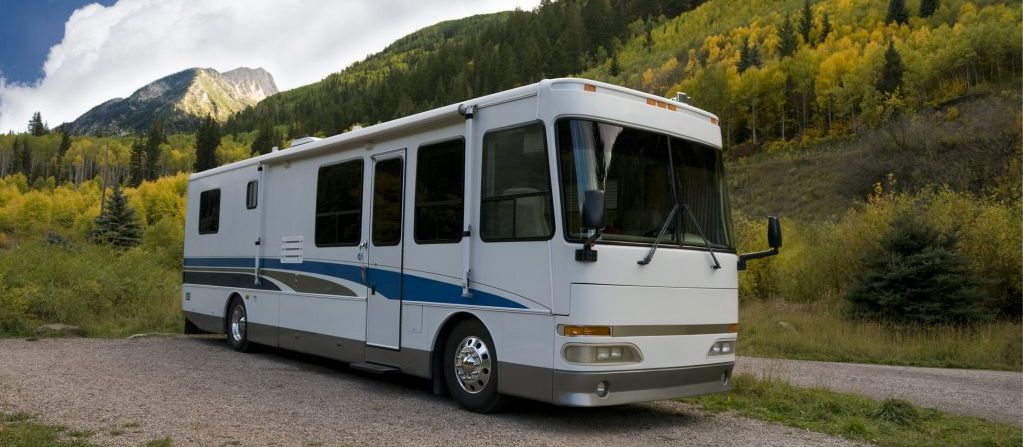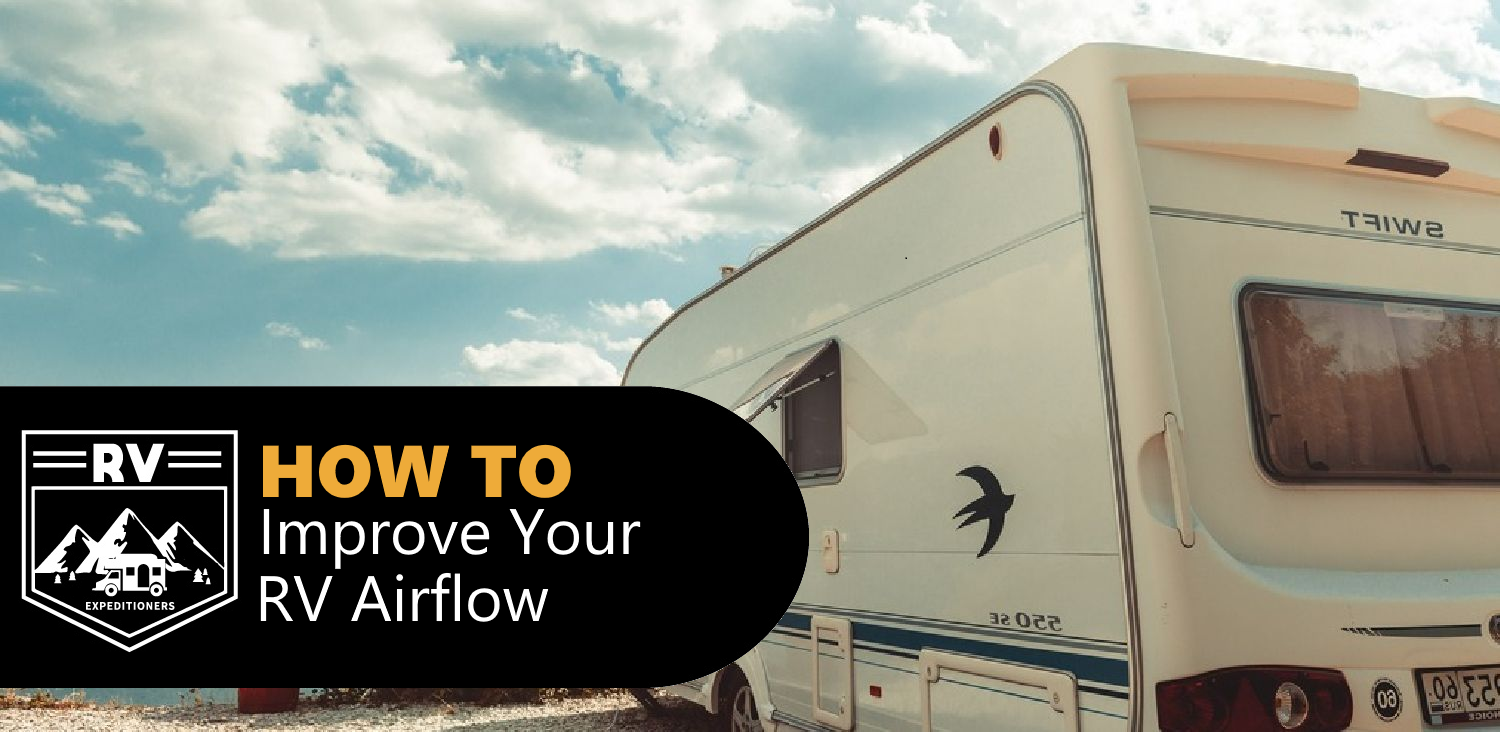Ever notice how one part of your RV feels like the Arctic, while the other is stuck in a sauna?
Or how your AC runs constantly but your bedroom never quite cools down?
That’s your RV’s ductwork and airflow playing tricks on you - and it might be time to get things balanced.
RV airflow is more than just where the cool (or warm) air blows from. It affects energy efficiency, temperature control, and your overall comfort.
The good news?
With a few tweaks, you can dramatically improve airflow throughout your rig without tearing out walls or spending a fortune.
In this guide, we’ll break down what RV airflow and ductwork actually do, how to spot problems, and the steps you can take to keep air moving exactly where you want it.
Let’s make sure every room in your RV feels just right.

RV AIRFLOW AND DUCTWORK
What Is RV Ductwork and Why It Matters
Ductwork in your RV is like the circulatory system for your heating and cooling.
It moves air from your HVAC unit (or rooftop AC) to the vents throughout your rig. It’s usually hidden under the floor, in the ceiling, or behind cabinets - and it’s doing more than you might think.
Here’s why your RV’s airflow system is so important:
- Distributes Heating and Cooling Evenly: Proper airflow ensures that each room or zone in your RV reaches the desired temperature - preventing hot or cold spots from making your trip uncomfortable.
- Improves Energy Efficiency: When airflow is optimized, your furnace and AC don’t have to work as hard to cool or heat your rig, saving propane, battery, or shore power usage.
- Protects Equipment from Overwork: Restricted airflow can cause AC units or furnaces to run longer or cycle more frequently, wearing them down faster and leading to early repairs or replacements.
- Keeps Air Quality Healthier: Air that’s constantly circulating is less likely to trap allergens, moisture, and odors. This keeps your RV feeling fresh and reduces the risk of mold and mildew buildup.
RV AIRFLOW AND DUCTWORK
Signs You Have Airflow or Ductwork Problems
Not sure if your system needs attention?
Here are some common red flags:
Inconsistent temperatures: One vent blows strong while another barely pushes air - or feels totally dead.
AC or furnace running non-stop: If your unit is always on, it could be fighting against poor circulation or blocked ducts.
Weak airflow at certain vents: Could indicate crushed ducts, blockages, or disconnected lines.
Stale or humid air in specific areas: Often a sign that air isn't moving properly through the entire system.
Increased dust or musty smells: Might mean dust buildup in ducts, especially if filters are clean but the air still feels dirty.

RV AIRFLOW AND DUCTWORK
How RV Ductwork Is Typically Set Up
RV ductwork systems vary depending on the size, brand, and type of RV - but most fall into one of two categories:
Ducted Systems
- These are found in larger RVs (like Class A or fifth wheels) and use a central heating or cooling unit that pushes air through a network of ducts and vents.
- Air is distributed more evenly, and multiple zones are common.
- Ceiling vents (for AC) and floor vents (for heat) are most common.
Non-Ducted Systems
- More common in smaller RVs and trailers, these systems blow air directly from the AC or furnace without running it through ducts.
- Airflow is strongest near the unit but tends to fall off quickly the farther away you are.
- Add-on fans or vent boosters are often used to help circulation.
RV AIRFLOW AND DUCTWORK
Common Airflow Problems - and How to Fix Them
Even a well-built RV can suffer from airflow issues.
Here are some of the most common problems and how to tackle them:
Blocked or Obstructed Ducts
- Cause: Dust, pet hair, insulation, or crushed ducts can reduce airflow dramatically.
- Fix: Inspect vents and use a flashlight or camera snake to check duct runs. Clean with a vacuum and straighten any pinched lines you can access.
Loose or Disconnected Ductwork
- Cause: Travel vibrations can loosen duct clamps or cause sections to disconnect.
- Fix: Access duct connections behind cabinets or under furniture and reseal or clamp them tightly. Use foil tape - not duct tape - for heat-safe seals.
Uneven Air Distribution
- Cause: Factory duct layouts don’t always deliver balanced airflow.
- Fix: Use adjustable vent covers to redirect air. Install vent deflectors or dampers to help manage where air goes (more to bedroom, less to hallway, etc.).
Leaky Ducts
- Cause: Poor sealing or worn-out tape lets conditioned air escape before it reaches the vents.
- Fix: Seal duct seams with HVAC foil tape and inspect regularly for gaps or tears in the duct insulation.
Poor Return Airflow
- Cause: If your system can't pull enough air back in, it restricts overall performance.
- Fix: Clear furniture and objects from near return vents. Clean filters often, and avoid blocking air intakes with rugs or storage bins.

RV AIRFLOW AND DUCTWORK
Tips to Boost Airflow Throughout Your RV
Want better airflow without a full renovation?
Try these quick wins:
- Use vent fans strategically: Pair powered vent fans with cracked windows to create a natural air loop that moves hot air out and cool air in.
- Install vent covers or diverters: Simple plastic diverters can redirect air from one side of the RV to another, especially helpful in bunk areas or slide-outs.
- Keep vents clean and unobstructed: Furniture, rugs, and clutter can block air from flowing freely. Always double-check floor and ceiling vents during setup.
- Add portable fans or AC boosters: Small USB or battery-operated fans can dramatically improve comfort in areas with weak airflow—especially bedrooms or lofts.
- Upgrade to smart vents (if possible): Some newer RVs allow for upgraded directional or multi-speed vents to help balance your climate zones.
RV AIRFLOW AND DUCTWORK
When to Call in a Pro
Some ductwork and airflow issues are DIY-friendly, but a few should be left to certified RV techs:
You suspect mold or smell mildew when the system runs
Your ducts are behind sealed panels or under flooring
You need to re-route or re-design airflow to a major area
Electrical issues are affecting your fan or blower speed
AC or furnace cycles rapidly and won’t regulate temperature
Professionals can also perform air pressure tests to check for hidden leaks and duct efficiency - something that’s hard to DIY without the right tools.

RV AIRFLOW AND DUCTWORK
Final Thoughts: Let the Air Flow!
You paid for heating and cooling - make sure it’s going where you want it!
A little time spent understanding and improving your RV’s ductwork pays off in quieter nights, cozier mornings, and far fewer fights over the thermostat.
So whether you’re dealing with hot bunkrooms, chilly slide-outs, or just uneven temps across the rig, take control of your airflow.
Your future road trips will be that much more comfortable for everyone onboard.
TOP of RV Airflow and Ductwork Guide
BACK to HVAC Maintenance Overview
HOME to RV Expeditioners

